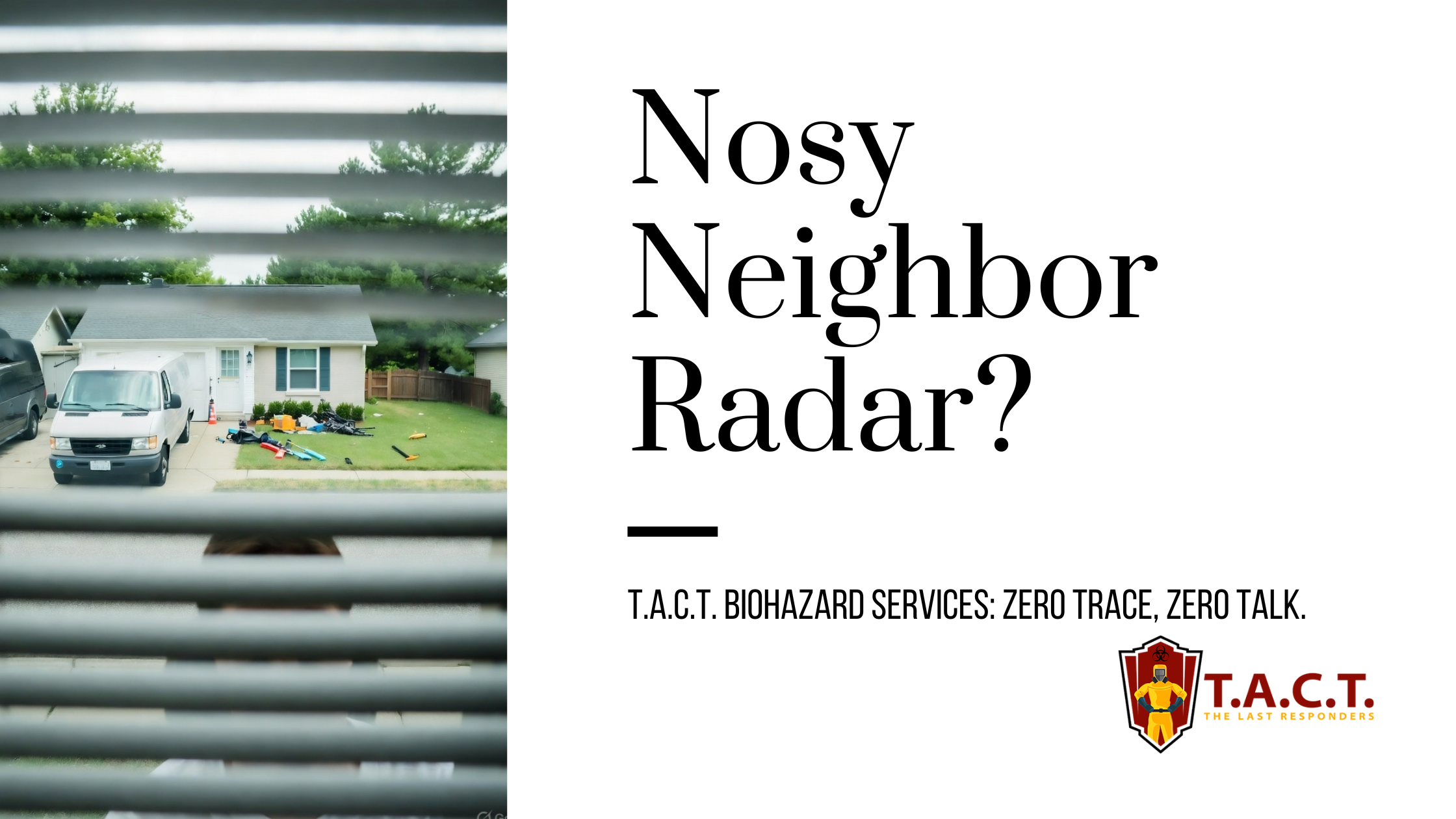Understanding Hantavirus: Causes, Symptoms & Prevention Guide Meta description

Understanding the Hantavirus Causative Agent: Essential Facts
Hantavirus infection represents one of the most serious emerging infectious diseases and is classified as a rare infectious disease affecting North and South America, where it is recognized as a serious human disease. This rare but potentially fatal condition causes severe respiratory complications and has captured the attention of public health officials worldwide due to its high mortality rate and challenging treatment landscape.
The disease stems from viruses within the Hantaviridae family, specifically the genus Orthohantavirus, with the Sin Nombre virus serving as the primary causative agent in the United States. What makes this pathogen particularly concerning is its ability to cause hantavirus pulmonary syndrome (HPS), which can prove fatal in up to 40% of cases. Hantavirus infections are responsible for both HPS and hemorrhagic fever with renal syndrome (HFRS), highlighting their clinical significance. Currently, no specific antiviral treatment exists, leaving healthcare providers to rely on intensive supportive care to help patients survive this devastating illness.
For healthcare professionals, researchers, and public health officials, understanding the complexities of this infectious disease is not just academically important—it’s essential for saving lives. This comprehensive guide examines the key characteristics of hantavirus disease, its transmission patterns, geographical distribution, and the critical prevention strategies that can help reduce infection risk in vulnerable communities.
Hantavirus Disease Characteristics and Clinical Presentation
Hantavirus infection manifests through two distinct clinical syndromes, each presenting unique challenges for healthcare providers. The disease caused by hantavirus infection includes hantavirus pulmonary syndrome (HPS) and hemorrhagic fever with renal syndrome (HFRS).
In the initial phase of hantavirus infection, the disease typically begins with seemingly mild symptoms that can quickly progress to life-threatening complications.
Initial Symptoms and Progression
The early phase of hantavirus infection often resembles common viral illnesses, making diagnosis particularly challenging. Patients typically experience fever, severe muscle aches, persistent headaches, and abdominal pain. These initial symptoms can easily be mistaken for influenza or other respiratory infections, leading to potential delays in appropriate medical intervention. It is important to note that initial symptoms begin suddenly after exposure.
As the disease progresses, patients may develop respiratory distress, followed by pulmonary edema and eventual respiratory failure if left untreated. This rapid progression from mild symptoms to severe respiratory compromise makes early recognition and prompt medical attention absolutely critical.
Two Primary Clinical Syndromes
Hantavirus infection presents as two main clinical syndromes: hemorrhagic fever with renal syndrome (HFRS) and hantavirus pulmonary syndrome (HPS). Each syndrome affects different organ systems and requires specialized management approaches.
HPS, also known as hantavirus cardiopulmonary syndrome or cardiopulmonary syndrome, primarily targets the respiratory system, causing severe pulmonary edema, hypoxia, and hypotension. This syndrome represents the predominant form of hantavirus disease in the Americas and carries a particularly high mortality rate. Patients may require mechanical ventilation and intensive cardiovascular support to survive the acute phase.
HFRS, conversely, primarily affects kidney function and can lead to acute kidney failure. Dobrova virus infections are a notable cause of severe HFRS, often associated with higher severity and mortality compared to other hantavirus infections. This form of the disease may require dialysis and careful fluid management as part of the treatment protocol.
Geographical Distribution and Regional Variations
The geographical distribution of hantavirus cases reveals important patterns that influence prevention strategies and public health responses across different regions. In the United States, most hantavirus cases occur west of the Mississippi River, highlighting a significant geographic boundary in the regional prevalence of the disease.
North American Distribution
Hantavirus pulmonary syndrome represents the primary form of hantavirus disease throughout North America. The deer mouse serves as the principal vector for transmission in this region, with cases typically occurring in rural areas where human-rodent contact is more likely. The cotton rat is also a significant reservoir for hantavirus in the southeastern U.S.
The Sin Nombre virus, first identified in the 1990s following an outbreak in the southwestern United States, remains the most common causative agent in North American cases. Other hantavirus strains found in the eastern United States include the New York virus and York virus, each associated with specific rodent hosts and geographic distributions. Understanding this regional specificity helps healthcare providers in these areas maintain appropriate clinical suspicion for the disease.
South American Patterns
South America presents a different epidemiological picture, with the Andes virus causing the majority of hantavirus cases in this region. This virus demonstrates a particularly concerning characteristic: the ability to transmit from person to person, unlike most other hantavirus strains that require direct rodent contact for transmission.
This human-to-human transmission capability significantly complicates outbreak control measures and requires enhanced infection control protocols in healthcare settings when treating suspected cases.
Regional Vector Specificity
Different hantavirus serotypes associate with specific rodent vectors and geographic regions throughout the Americas. This specificity means that prevention strategies must be tailored to the particular rodent species and environmental conditions present in each area.
Transmission Mechanisms and Risk Factors
Understanding how hantavirus spreads is fundamental to developing effective prevention strategies and protecting at-risk populations from infection. Hantavirus is primarily transmitted to humans through the inhalation of aerosolized particles from the urine, saliva, or feces of infected wild rodents, which are the main carriers of the virus. Infection can also occur through direct contact with rodent saliva, urine, or feces. Exposure to rodent droppings, which may contain infectious viral particles, poses a significant risk, especially during cleaning activities. Avoiding rodent habitats, such as nests or areas contaminated with rodent waste, is crucial to reduce the risk of infection.
Individuals who work or spend time in rural or outdoor environments, where rodent exposure is more likely, are at increased risk of contracting hantavirus. Recognizing a history of rodent exposure is important in diagnosing hantavirus infection, particularly when patients present with nonspecific symptoms. Contact with rodents is a major risk factor, and rodent infestation in homes or workplaces further elevates the likelihood of transmission.
Primary Transmission Routes
Hantavirus transmission occurs primarily through direct or airborne contact with saliva, urine, or droppings from infected rodents. When dried rodent excreta becomes airborne, people can inhale virus particles, leading to infection. This airborne transmission route makes certain activities particularly high-risk.
Activities that disturb areas where infected rodents have been present—such as cleaning barns, sheds, or abandoned buildings—create significant exposure risk. Even seemingly routine tasks like opening previously unused cabins or storage areas can generate infectious aerosols.
High-Risk Environments and Populations
Rural communities face elevated risk for hantavirus infection due to increased likelihood of rodent contact. Agricultural workers, individuals living in areas with known rodent infestations, and people who work or recreate in wilderness areas all face heightened exposure risk.
Seasonal patterns also influence transmission risk, with spring cleaning activities and increased outdoor recreation during warmer months potentially increasing human exposure to infected rodent populations.
Person-to-Person Transmission Concerns
While most hantavirus strains require direct rodent contact for transmission, the Andes virus in South America has demonstrated human-to-human transmission capability. This characteristic raises significant concerns about potential outbreak scenarios and requires specialized infection control measures in healthcare settings.
Clinical Features of Hemorrhagic Fever with Renal Syndrome
HFRS presents distinct clinical features that differentiate it from hantavirus pulmonary syndrome, requiring specialized recognition and management approaches. In addition to early symptoms, laboratory findings may include atypical lymphocytes, which are abnormal white blood cells observed in blood smear analysis and can serve as important diagnostic markers.
Initial Presentation
HFRS typically begins with fever, facial flushing, eye redness, and sometimes skin rash. These early symptoms can progress over several days, with patients developing increasingly severe systemic manifestations.
The progression of HFRS often follows a predictable pattern, moving through distinct phases that can help healthcare providers anticipate and manage complications. Early recognition of these phases can significantly improve patient outcomes.
Renal Complications
The hallmark of HFRS is acute kidney failure, which may require dialysis and intensive supportive care. The severity of renal involvement varies depending on the specific virus strain, with Hantaan and Dobrava viruses causing particularly severe disease with high fatality rates.
Careful monitoring of kidney function, electrolyte balance, and fluid balance becomes critical in managing these patients, as rapid deterioration can occur without warning.
Disease Control and Prevention Strategies
Effective hantavirus prevention requires comprehensive strategies that address both individual protection measures and community-wide risk reduction approaches. Preventive measures, such as environmental management, use of personal protective equipment, and public awareness campaigns, are essential for reducing hantavirus transmission.
Environmental Control Measures
Reducing contact with rodents represents the most effective prevention strategy. This involves implementing comprehensive pest control measures, sealing entry points in buildings, and eliminating food sources that attract rodents to human habitation areas.
Property maintenance activities such as sealing holes and gaps in buildings, removing accessible food sources, and maintaining clean environments can significantly reduce rodent populations and associated infection risk.
Public Health Education
Education and awareness campaigns play crucial roles in preventing hantavirus infection. Communities in high-risk areas need specific information about recognition of rodent signs, proper cleanup procedures, and when to seek medical attention for suspicious symptoms.
Healthcare providers in endemic areas must maintain clinical awareness of hantavirus infection and understand appropriate diagnostic and treatment protocols.
Understanding Hantavirus Pulmonary Syndrome
HPS represents the most severe manifestation of hantavirus infection and requires immediate, intensive medical intervention for optimal patient outcomes. HPS is one of several hantavirus diseases affecting humans.
In these situations, patients may require advanced supportive care, including mechanical ventilation and hemodynamic support. Early identification and intervention in severe cases are crucial to improving clinical outcomes.
Pathophysiology and Clinical Course
HPS causes severe lung inflammation leading to pulmonary edema, profound hypoxia, and cardiovascular instability. Low blood pressure is a common complication during this phase. The disease can progress rapidly from mild respiratory symptoms to complete respiratory failure requiring mechanical ventilation. Acute respiratory distress syndrome may develop in some patients.
The mortality rate for HPS can reach 50%, making early diagnosis and aggressive supportive care absolutely essential. Patients who survive the acute phase typically recover completely, but the initial critical period requires intensive medical management.
Treatment Approaches
Currently, no specific antiviral therapy exists for hantavirus infection, and there is currently no specific treatment for Hantavirus Pulmonary Syndrome (HPS). Treatment focuses on aggressive supportive care, including mechanical ventilation for respiratory failure, cardiovascular support for hypotension, and careful fluid management to address pulmonary edema while maintaining adequate perfusion. Patients with severe HPS often require admission to intensive care units. In cases where respiratory failure is refractory to conventional treatments and mechanical ventilation, extracorporeal membrane oxygenation may be considered as a life-saving intervention.
Early recognition and prompt transfer to facilities capable of providing intensive care significantly improve survival chances for HPS patients.
The Critical Role of Rodent Carriers
Understanding rodent vectors is essential for developing targeted prevention strategies and assessing infection risk in different environments.
Primary Vector Species
Deer mice serve as the principal reservoir for Sin Nombre virus in North America. These small rodents can carry the virus without showing signs of illness, making it impossible to identify infected animals through visual inspection alone.
Other rodent species, including cotton rats and rice rats, can also harbor different hantavirus strains. Each species has specific habitat preferences and behaviors that influence human exposure risk patterns.
Vector Control Strategies
Effective rodent control requires understanding the ecology and behavior of vector species. This includes eliminating food sources, removing nesting materials, and modifying environments to make them less attractive to rodent populations.
Professional pest control services can provide valuable expertise in developing comprehensive rodent management programs for high-risk environments.
Historical Context and Ongoing Research
The relatively recent discovery of hantavirus in the Americas has sparked intensive research efforts aimed at understanding the disease and developing improved treatment options. Studies published in Emerg Infect Dis have significantly advanced our understanding of hantavirus epidemiology, clinical features, and immune response mechanisms.
Discovery and Early Research
Hantavirus research accelerated following the identification of Sin Nombre virus in the 1990s after investigating an outbreak of mysterious respiratory deaths in the southwestern United States. This discovery opened new avenues of research into emerging infectious diseases.
Ongoing research focuses on understanding viral pathogenesis, developing potential vaccines, and investigating treatment options that could improve outcomes for infected patients.
Future Research Directions
Current research priorities include vaccine development, antiviral drug discovery, and improved understanding of immune responses to hantavirus infection. These efforts offer hope for better prevention and treatment options in the future.
Public Health Response and Outbreak Management
Effective public health responses to hantavirus require coordinated efforts between multiple agencies and stakeholders to prevent transmission and manage cases appropriately. During outbreaks, it is important to distinguish hantavirus from other viral hemorrhagic fevers through targeted diagnostic approaches.
Surveillance and Detection
Disease surveillance systems help identify cases early and detect potential outbreaks before they expand. Rapid case identification allows for prompt implementation of control measures and appropriate medical care.
Healthcare providers play critical roles in surveillance by maintaining awareness of hantavirus infection and reporting suspected cases to public health authorities promptly. Laboratory confirmation of hantavirus infection is often achieved using polymerase chain reaction, which provides specific and reliable detection of the virus.
Community Response Strategies
Successful hantavirus prevention requires collaboration between public health officials, healthcare providers, researchers, and affected communities. This collaborative approach ensures that prevention messages reach at-risk populations and that response efforts address the specific needs of affected areas.
Moving Forward: Protecting Communities from Hantavirus
Hantavirus infection continues to pose significant challenges for public health systems throughout the Americas. The combination of high mortality rates, lack of specific treatments, and ongoing exposure risks in rural communities demands continued vigilance and comprehensive prevention efforts.
Success in reducing hantavirus transmission requires sustained commitment to environmental control measures, ongoing public education efforts, and maintenance of clinical awareness among healthcare providers. Communities that implement comprehensive rodent control programs and maintain awareness of infection risks can significantly reduce their vulnerability to hantavirus outbreaks.
For healthcare systems, ensuring that providers in endemic areas understand hantavirus recognition and management protocols remains essential. Early diagnosis and prompt supportive care can mean the difference between life and death for affected patients.
The future holds promise for improved prevention and treatment options as research continues to advance our understanding of hantavirus infection. Until these advances become available, our best defense against this devastating disease remains comprehensive prevention through education, environmental control, and clinical vigilance.
Meta data
Meta title
Understanding Hantavirus: Causes, Symptoms & Prevention Guide
Meta description
Learn about hantavirus infection causes, symptoms, and prevention. Expert insights on HPS, transmission routes, and critical control measures.
Latest news

Nosy neighbors peeking? T.A.C.T. North Atlanta offers discreet biohazard remediation for rodent infestations, mold, hoarding, and more. Unmarked vehicles, quiet experts, full privacy—24/7 service at 470-781-4775.
Read More

